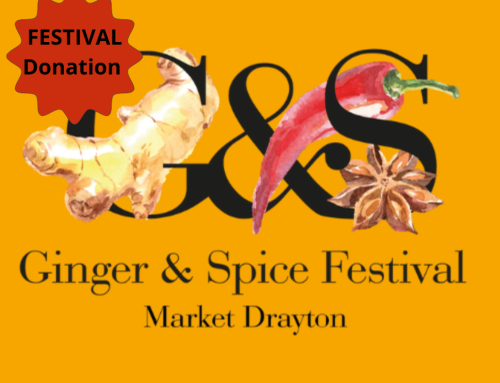What is Cinnamon spice? by Hirune Upeksha Rajaguru
Cinnamon is the world’s most popular spice harvested from an inner bark of a tropical plant known as the Laurel tree. It is peeled, dried, and commonly used as a grounded powder or rolled into quills.
Pale tan cinnamon barks bring a mildly sweet flavour, savoury, and fragrance aroma from confectionaries to curries and to beverages. It is mainly popular and used in bakery goods such as desserts and sweet treats. It is a wonderful compliment to drinks such as coffee, hot cocoa, and cider.
Cinnamon barks and leaves are used to make essential oils. Cinnamon is not only is flavoursome but also an ayurvedic ingredient in native medicines as it has strong antioxidant and antibacterial properties.
In the past, Cinnamon was more valuable than gold and ivory. It was considered as the first trade spiced, and it had a value and was used as currency to do trading. In ancient years, Cinnamon was used for religious practises and rites in different European countries.
Rafts were used as means of transport through the “Cinnamon route”, which transported Cinnamon from Indonesia to East Africa, which was then distributed to North and Roman markets by local traders.
Nowadays, various species are cultivated as cinnamon spices in the world. Ceylon Cinnamon is produced in Sri Lanka, and Cassia Cinnamon is mainly made in China, Vietnam, and Indonesia.
History of Sri Lankan Cinnamon
Ceylon Cinnamon is native to Sri Lanka and was widely produced in mass quantity and exported throughout the world. At the beginning of the 16th Century, when Portuguese colonisers invaded, they seized and took control of the Ceylon Cinnamon production and started a spice monopoly. By the end of Dutch rule in 1794, Cinnamon became a massive commercial plantation along the coast.
However, in 1795, England invaded and took control after the French acquired it from victory during Revolutionary War over Holland. Other countries, especially with tropical climates, later began growing Cinnamon which led to a downfall of the monopoly by 1833.
Why is Sri Lankan Cinnamon so Expensive?
In Sri Lanka, Cinnamon is grown in well-drained soil, and plants reach over 15 metres in height which are often trimmed to make cultivating easier. Later, they are harvested in the wet seasons. Processing and producing cinnamon quills require hours of delicate work; even specialised workers could only make three pounds of quills of Cinnamon a day.
Cinnamon growers in Sri Lanka claim that growing Cinnamon is an investment because it takes four years for a tree before being harvested, and its labour-intensive work to produce a 1.42-inch quality cinnamon quill.
This is why Ceylon cinnamon is quite expensive compared to other cheap types of Cassia cinnamon.
This article has been written by Hirune Upeksha Rajaguru who is working on student placement as part of her MSc in Digital Marketing Management at Staffordshire University. Please see here for our welcome intro to Hirune.






